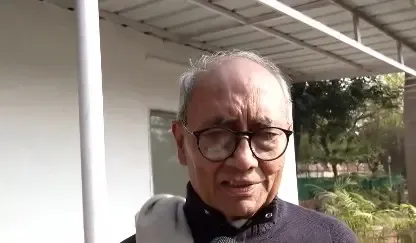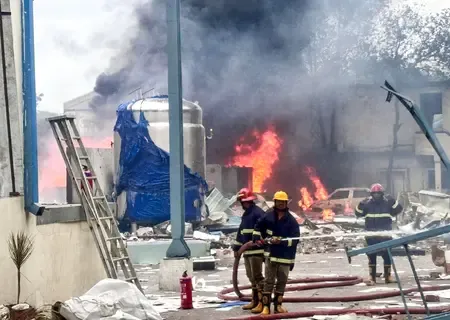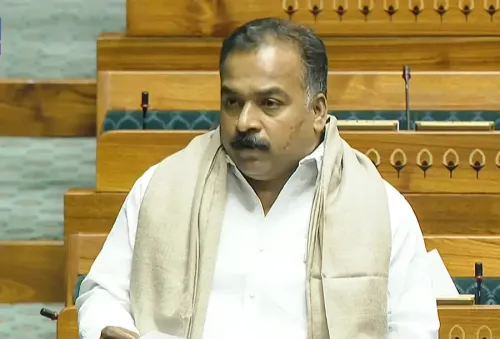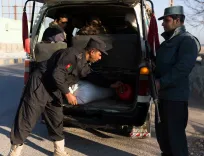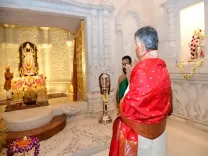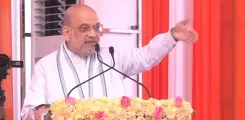How is the Maharashtra government ensuring transparency in worker welfare schemes?

Synopsis
Key Takeaways
- Maharashtra government prioritizes transparency in worker welfare.
- New committee will enhance direct benefit transfer system.
- Online processes reduce the risk of fraud.
- Vigilance teams are actively combating fraudulent registrations.
- Thousands of workers have received essential benefits.
Mumbai, July 14 (NationPress) Maharashtra's Chief Minister Devendra Fadnavis declared on Monday that a committee will be established to guarantee transparency in the welfare schemes implemented for workers. This committee will be chaired by Labour Minister Akash Fundkar.
During the discussions prompted by a calling attention motion from Congress legislator Sanjay Meshram, NCP SP legislator Jayant Patil urged the government to enhance the direct benefit transfer (DBT) system employed by the labour department for delivering various benefits to workers.
Fadnavis stated that the committee, led by the Labour Minister, will be formed shortly to provide recommendations on the DBT and ensure the clear execution of multiple schemes designed for workers.
In his response, Fundkar mentioned that the Maharashtra Building and Other Construction Workers Welfare Board was created under the Building and Other Construction Workers (Regulation of Employment and Conditions of Service) Act, 1996. Since July 2020, the entire process of registration, renewal, and distribution of benefits has been transitioned to an online platform through the IWBMS system.
Through the DBT method, benefits such as safety kits and household goods kits are directly provided to construction workers after biometric verification, thereby eliminating human intervention and ensuring transparency.
Fundkar reported that from January 2025 to June 2025, safety kits were distributed to 4,000 workers and household kits to 9,000 workers in the Umred assembly constituency, encompassing the Umred, Bhiwapur, and Kuhi talukas.
He also highlighted that cases of workers registering with fraudulent documents through private brokers have come to light. Vigilance teams have been deployed to combat this issue, resulting in several criminal cases being filed in Nagpur, Amravati, Chhatrapati Sambhajinagar, Nashik, Pune, and the Konkan regions. Complaints received through various channels are under investigation, with stringent actions being taken as necessary. The government promises to implement strict and transparent measures to prevent such fraudulent registrations in the future,” he informed the assembly.
Assembly members Vijay Wadettiwar and Praveen Datke also participated in the debate.


